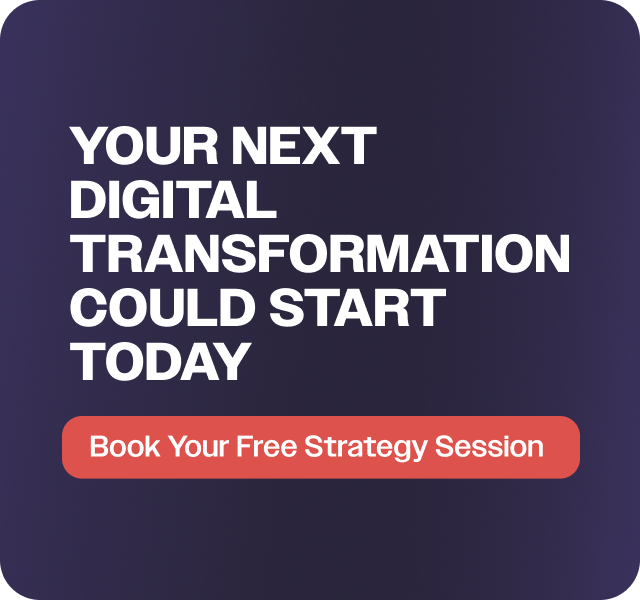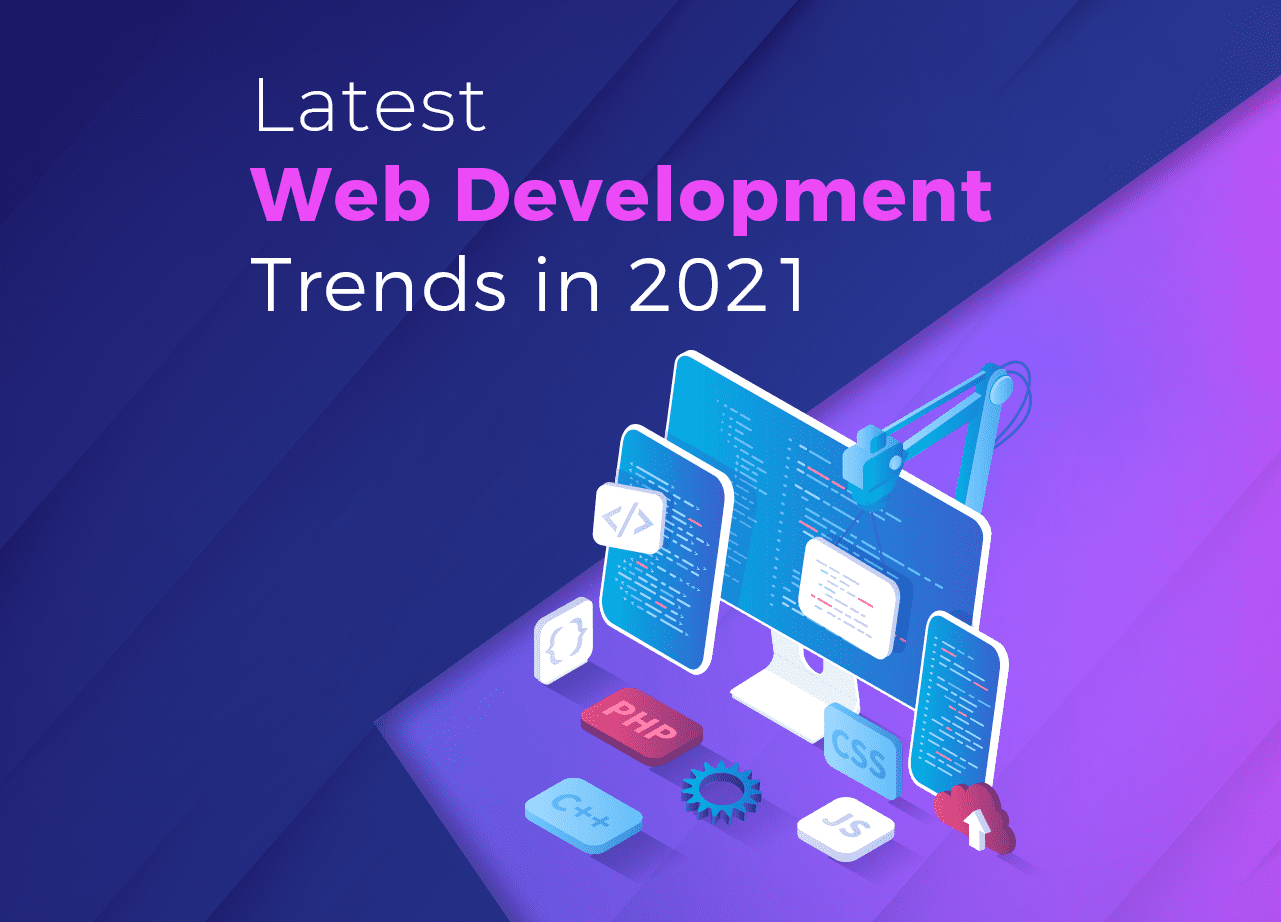Consulting Spotlight: Strategic Software Solutions for Digital Transformation
Navigating today’s digital transformation landscape demands more than technical expertise—it requires a strategic partner who understands your unique challenges and co-creates solutions that drive lasting competitive advantage.
The Strategic Imperative of Custom Software Development
The global software consulting market is experiencing unprecedented growth, valued at $267.71 billion in 2023 and projected to reach $477.80 billion by 2032, representing a robust CAGR of 6.6%. This expansion reflects organisations’ growing recognition that off-the-shelf solutions simply cannot deliver the competitive edge required in today’s dynamic marketplace.
“The trouble with enterprise software isn’t just its complexity—it’s the fundamental mismatch between generic solutions and specific business needs.”
MIT Sloan Management Review
Custom software development offers organisations the opportunity to build bespoke digital products that align precisely with their strategic objectives. Unlike generic solutions, custom development enables businesses to create unique workflows, integrate seamlessly with existing systems, and scale efficiently as requirements evolve.

The ROI of custom software development typically materialises within 12-18 months, with organisations reporting average productivity improvements of 25-40% and operational cost reductions of 15-30%. These metrics demonstrate why forward-thinking companies invest in bespoke solutions rather than attempting to force-fit generic alternatives.
Choosing Your Development Partnership Model: Beyond Cost Considerations
The decision between onshore and offshore software development extends far beyond simple cost calculations. Whilst offshore development can offer cost savings of 30-60%, successful digital transformation requires careful consideration of communication dynamics, time zone alignment, and cultural compatibility.
Hybrid Engagement Models for Optimal Results
- Onshore Strategy & Architecture: Core planning and design oversight managed locally
- Offshore Development Teams: Skilled developers handling implementation and coding
- Continuous Integration: Daily stand-ups and sprint reviews ensuring alignment
- Quality Assurance: Rigorous testing protocols maintained across all locations
When evaluating offshore software development companies, examine their ISO certifications, client testimonials, and track record with similar projects. Reviews for software development outsourcing companies are readily available on platforms like Clutch, GoodFirms, and industry-specific directories.
| Partnership Model | Cost Reduction | Communication Complexity | Best For |
|---|---|---|---|
| Onshore Only | 0% | Low | Complex integrations, tight deadlines |
| Hybrid Model | 25-40% | Medium | Balanced projects, scalable teams |
| Offshore Only | 50-60% | High | Well-defined requirements, longer timelines |
Enterprise-Grade Solutions That Scale with Ambition
Enterprise software solutions must be architected from the ground up with scalability, security, and integration capabilities at their core. The global enterprise software market, valued at $295.20 billion in 2023, continues expanding as organisations recognise the strategic value of robust, scalable systems.
Security-First Design Principles
ISO 27001:2022 certification represents the gold standard for information security management. Organisations implementing security-first design principles report 40% fewer security incidents and demonstrate enhanced regulatory compliance across industries.
- Data encryption at rest and in transit
- Multi-factor authentication integration
- Regular security audits and penetration testing
- GDPR and industry-specific compliance frameworks
- Zero-trust architecture implementation
Cloud application development companies are increasingly focusing on cloud-native approaches that provide inherent scalability and resilience. These solutions leverage containerisation, microservices architecture, and auto-scaling capabilities to ensure consistent performance regardless of demand fluctuations.
Industry-Specific Software Engineering Excellence
Fintech Innovation: Where Regulation Meets Digital Excellence
The fintech software development landscape presents unique challenges, balancing innovation with stringent regulatory requirements. Fintech software development companies must navigate PCI DSS compliance, Open Banking standards, and evolving cryptocurrency regulations whilst delivering exceptional user experiences.

Key challenges in fintech software development include:
- Real-time transaction processing with sub-second response times
- Regulatory compliance across multiple jurisdictions
- Fraud detection using machine learning algorithms
- API security for third-party integrations
- Customer onboarding with KYC/AML requirements
Payment solutions software companies are witnessing increasing demand for embedded finance capabilities, with the market expected to reach $606.4 billion by 2025. Custom fintech application developers must architect solutions that seamlessly integrate payment processing, risk management, and regulatory reporting.
E-commerce Evolution: Creating Seamless Omnichannel Experiences
Modern e-commerce platforms require sophisticated inventory management, personalisation engines, and omnichannel integration capabilities. Progressive Web Apps (PWAs) are becoming the preferred approach for mobile-first development, offering native app performance with web accessibility.
Green Energy Solutions: Sustainable Technology for Tomorrow
The renewable energy sector demands software solutions that optimise grid management, predict maintenance requirements, and integrate IoT sensor data for maximum efficiency. These systems must handle massive data volumes whilst providing real-time analytics for operational decision-making.
Technology Stack Decisions That Define Success
Full Stack Excellence: JavaScript Ecosystem Leadership
Full stack web development services leverage modern JavaScript frameworks to create cohesive, high-performance applications. The choice between React, Angular, and Vue.js depends on project complexity, team expertise, and long-term maintenance considerations.
| Framework | Best For | Learning Curve | Performance |
|---|---|---|---|
| React | Dynamic UIs, large applications | Moderate | Excellent |
| Angular | Enterprise applications, complex workflows | Steep | Very Good |
| Vue.js | Rapid development, small to medium projects | Gentle | Excellent |
| Node.js | Backend APIs, real-time applications | Moderate | Outstanding |
Cross-Platform Mastery: Flutter vs Traditional Approaches
Flutter cross platform development offers significant advantages for mobile app development, enabling single codebase deployment across iOS and Android platforms. Mobile app development companies in India report 40-50% development time savings using Flutter compared to native development approaches.
PHP web development companies continue serving enterprise clients requiring robust, scalable web applications. Modern PHP frameworks like Laravel and Symfony provide enterprise-grade capabilities whilst maintaining development efficiency.
Business Transformation Through Intelligent Automation
Business automation software development focuses on identifying repetitive processes and implementing intelligent solutions that enhance productivity without disrupting existing workflows. The global digital transformation market is projected to reach $4,617.78 billion by 2030, driven by organisations seeking competitive advantages through automation.
“Digital transformation ROI isn’t just about cost savings—it’s about unlocking new revenue streams and competitive capabilities.”
MIT Technology Review
Measuring Transformation Success
- Process efficiency metrics: Cycle time reduction, error rate improvements
- Employee productivity: Task completion rates, skill development opportunities
- Customer satisfaction: Response times, service quality indicators
- Financial impact: Cost per transaction, revenue per employee
- Innovation capacity: Time-to-market improvements, new product development
Organisations implementing comprehensive automation strategies report average productivity improvements of 35-50% within the first year, with continued optimisation delivering additional benefits over time.
Modernising Legacy Systems: Strategic Evolution Without Disruption
Legacy application modernisation presents complex challenges requiring careful planning and phased implementation approaches. Rather than wholesale replacement, successful modernisation focuses on API-first architecture that enables gradual system evolution whilst maintaining business continuity.

Strategic Modernisation Approaches
- Strangler Fig Pattern: Gradually replacing functionality whilst maintaining operational systems
- Database Modernisation: Migrating to cloud-native databases with enhanced performance
- Microservices Architecture: Breaking monolithic applications into manageable, scalable components
- API Gateway Implementation: Providing unified access points for legacy and modern systems
API development and integration services play a crucial role in legacy modernisation, enabling seamless communication between old and new systems during transition periods. This approach minimises business risk whilst enabling organisations to leverage modern capabilities.
SaaS Development Strategy: Building Globally Scalable Products
SaaS software development companies must architect solutions that support multi-tenancy, global scaling, and subscription-based business models. The key considerations include data isolation, performance optimisation, and billing system integration.
Multi-Tenancy Architecture Considerations
| Approach | Data Isolation | Scalability | Customisation | Cost Efficiency |
|---|---|---|---|---|
| Single Database | Low | Excellent | Limited | Highest |
| Database per Tenant | High | Good | Extensive | Moderate |
| Hybrid Approach | Medium | Very Good | Flexible | Good |
Successful SaaS platforms implement robust monitoring, automated scaling, and comprehensive backup strategies to ensure consistent service delivery across diverse customer bases.
Design Excellence in Digital Products
UI/UX design for businesses extends beyond aesthetics to encompass user psychology, accessibility standards, and conversion optimisation. Design systems ensure consistent experiences across platforms whilst enabling efficient development and maintenance.
User-Centric Design Principles
- Accessibility First: WCAG 2.1 AA compliance for inclusive experiences
- Mobile-First Design: Progressive enhancement for optimal mobile performance
- Performance Optimisation: Sub-3-second loading times across devices
- Conversion Focus: Strategic placement of calls-to-action and user flows
- Iterative Improvement: A/B testing and user feedback integration
The cost of UI/UX design for businesses typically represents 10-15% of total development investment, but delivers disproportionate value through improved user adoption, reduced support costs, and enhanced customer satisfaction.
Future-Proofing Your Digital Investment
AI and machine learning integration strategies are becoming essential components of modern software architecture. Rather than retrofitting AI capabilities, forward-thinking organisations architect systems with built-in machine learning infrastructure from inception.
Building for Tomorrow’s Security Challenges
Cybersecurity threats continue evolving, requiring proactive security measures rather than reactive responses. Zero-trust architecture, quantum-resistant encryption, and AI-powered threat detection represent the next generation of security capabilities.
“The organisations that thrive in the next decade will be those that view security not as a constraint, but as a competitive advantage.”
Cybersecurity & Infrastructure Security Agency
Digital transformation consulting services in India and globally are increasingly focusing on continuous innovation frameworks that enable organisations to adapt rapidly to changing market conditions whilst maintaining operational excellence.
Partnering for Transformation Success
Digital transformation represents an ongoing journey of innovation, adaptation, and strategic growth rather than a finite destination. Success requires partnering with experienced development teams who understand both technical complexities and business imperatives.

The most successful digital transformation initiatives share common characteristics: clear strategic vision, phased implementation approaches, continuous stakeholder engagement, and robust change management processes. Organisations that embrace these principles whilst partnering with experienced software development teams consistently achieve superior outcomes.
Your digital future demands more than technology—it requires strategic partnership, innovative thinking, and unwavering commitment to excellence. Choose partners who understand your industry, share your ambition, and possess the technical expertise to transform vision into reality.
Frequently Asked Questions About Software Development Consulting
Enterprise custom software development costs vary significantly based on complexity, ranging from £50,000-£150,000 for basic applications to £500,000+ for comprehensive enterprise solutions. ROI typically materialises within 12-18 months through improved efficiency and reduced operational costs.
Common offshore development risks include communication barriers, time zone challenges, and quality control issues. Mitigation strategies include hybrid engagement models, rigorous vendor vetting, clear documentation standards, and regular milestone reviews with defined quality gates.
Technology stack selection depends on specific requirements. For web applications, React/Angular with Node.js provides excellent scalability. .NET offers robust enterprise features, whilst cloud-native approaches using microservices architecture ensure optimal scalability and maintenance efficiency.
Digital transformation ROI measurement includes productivity improvements (typically 25-40%), operational cost reductions (15-30%), revenue growth through new capabilities, customer satisfaction improvements, and reduced time-to-market for new products or services.
Fintech applications require PCI DSS compliance, end-to-end encryption, multi-factor authentication, real-time fraud detection, regulatory compliance frameworks (FCA, GDPR), and regular penetration testing. ISO 27001 certification demonstrates commitment to comprehensive security management.
 Blog Communication Crafts
Blog Communication Crafts




